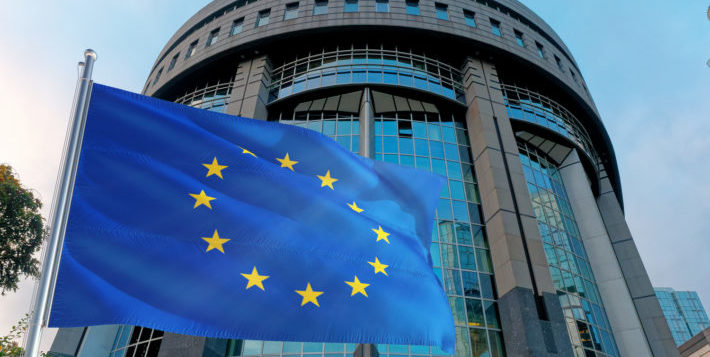In a recent Fidelity survey of about 800 institutional investors conducted between November 2019 and March 2020, half in Europe and half in the United States, a surprising result came out: Europeans are much more likely to have a positive view and to own Bitcoin or cryptocurrencies like it compared to Americans. 45% of the European institutional investors surveyed owned cryptocurrencies, while only 27% did in the United States. This batch of institutional investors surveyed not only included hedge funds, venture funds and more traditionally aggressive investors but also family offices and financial advisors that tend to be more conservative.
25% of European investors find cryptocurrencies being free of government intervention a very appealing factor, vs. 10% of American investors. About 82% of European institutional investors found something positive about cryptocurrencies, compared to 74% of American institutional investors. It’s a flip on the usual narrative of pro-market, pro-private sector Americans vs. government-loving Europeans. Europeans now see cryptocurrency as a desirable asset class and for some it’s precisely because it avoids the intervention of the political or technocratic class that defines the European Union and the European Central Bank.
This isn’t just restricted to large institutional investors either. Retail investors from Greece surged into Bitcoin in 2015 as the country was being struck with the financial fallout from the 2011 sovereign debt crisis in Europe.
It’s no wonder some Europeans feel this way as an extended lapse into negative interest rates across Europe since 2014 led to strange bubble-like effects before the devastating societal and economic costs of COVID-19 even manifested itself.
In mid-2019, Pantheon Macroeconomics did a study which showed a strong correlation between declining interest rates and housing prices as easy credit created a hotter real estate market — to the tune of a 16% increase in property prices across Europe.
For six years, the European Central Bank tried to get its way out from negative interest, each time failing due to the need to further stimulate economic growth. Negative interest rates penalized savers, forcing them to put their money into bubbling assets in order not to lose money staying flat, creating bad debt, and halving the banking sector in Europe.
A benefit or a cost (depending on your perspective) is that European banks have lost about 50% of their value between when the ECB started negative interest rates and late 2019. The lower long-term interest rates caused by a combination of negative interest rates and quantitative easing cost European banks 8 billion Euros, and subjected them to cost pressures. The fractional banking system in Europe is under strain and with each passing year of negative interest rates, that strain grows deeper — giving more space for financial alternatives like cryptocurrencies to grow.
Now the Eurozone is going through unimaginable financial and economic pain after a deep public health crisis, with a record quarterly contraction of 3.6% — slightly better than initial projections, but still the worst measure since records began in 1995. It’s even worse for certain Eurozone states, with the Bank of Spain projecting a 15% contraction in GDP for 2020, on par with the Great Depression. In Ireland, housing prices project to decrease by 12%.
A v-shaped recovery is still very possible, but it’s clear that the Eurozone was having difficulties getting out of negative interest rate territory in more sunny climes — and now it is facing what the World Bank projects will be the largest global recession since WW2, a situation not even seen with the 2008 Great Recession. It has also doubled down on negative interest rates, claiming that rate decreases were still possible, and increasing asset purchases.
Despite this, Eurozone savings rate actually increased as European consumers were forced or shocked into a huge savings glut and a massive slowdown in consumer spend independent of monetary policy.
Now European consumer confidence is low, political ratings for European leaders are starting to slide as the “rally around the flag” effect fades and the fallout of lockdowns becomes clear, and despite record amounts of asset buys, the sovereign debt crisis that racked Europe from 2011 and was the original spur of negative interest rates is starting to rear its head again with red lights flashing in Italy and Spain, two of the hardest-hit nations. The European Union is now essentially stuck in a super-liquidity trap in trying to restart its economy and leaders at the ECB are starting to warn about the very underpinning of the Euro.
The European Central Bank was very particular about its preference for digital currency as a means of exchange but not a store of value — but if the credibility of its policy results erodes even further, more institutional investors and retail investors will make the leap independent of what the ECB thinks.
With the the Bank of England now considering negative interest rates and the Bank of Japan already there, perhaps even the Federal Reserve might look to that direction. Europe and its experiment with what seems to be unending negative interest rates may offer a glimpse of what will happen to the financial systems and resilience of those countries to crisis — and where cryptocurrency may shine next.
Author: Roger Huang







